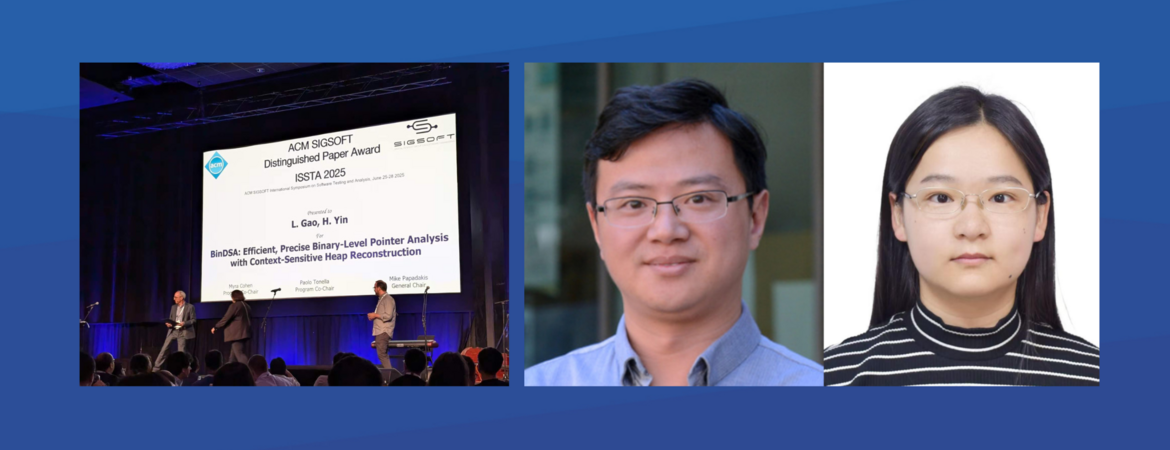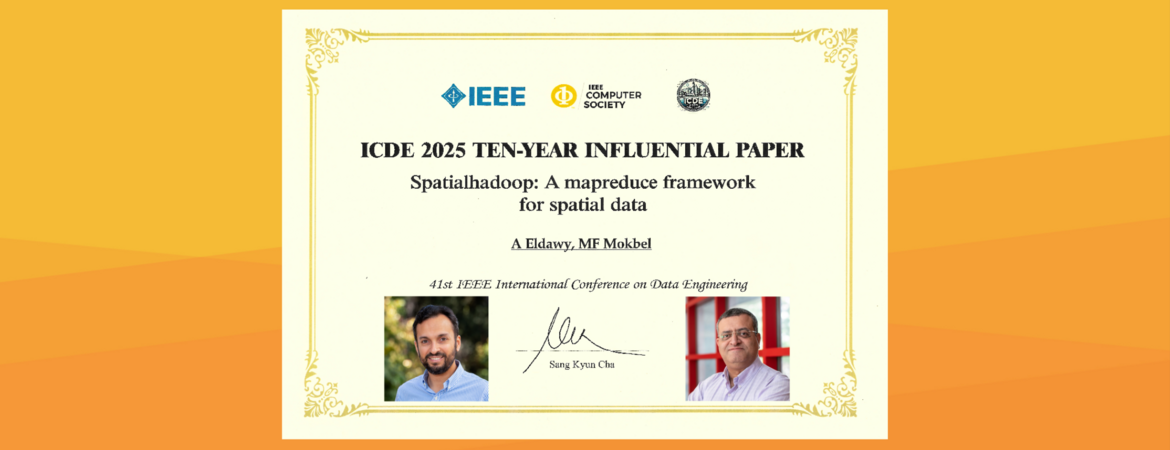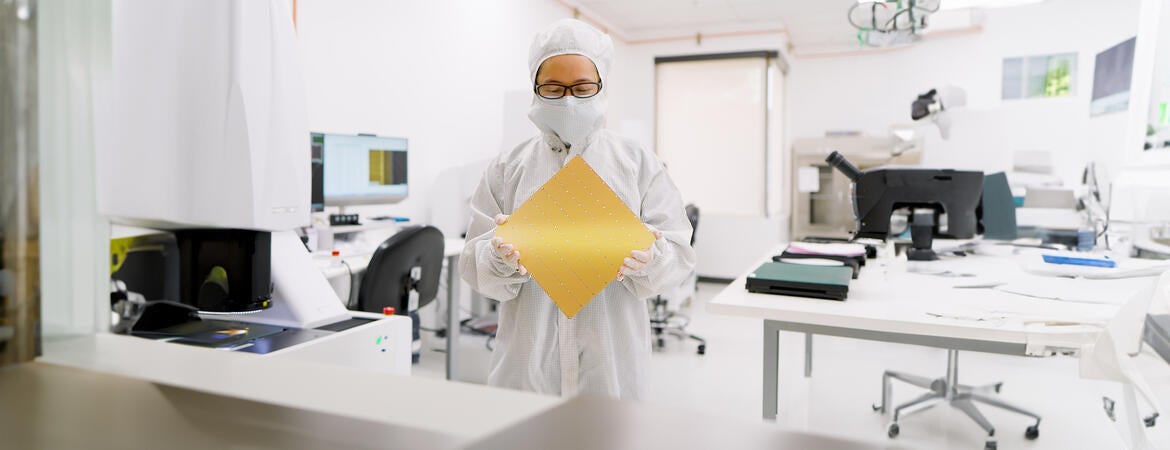News

July 07, 2025
CSE Professor Heng Yin and his student received Distinguished Paper Award in ISSTA 2025
Professor Heng Yin and his student Lian Gao received the Distinguished Paper Award in the ACM SIGSOFT International Symposium on Software Testing and Analysis (ISSTA) 2025, for their paper titled "BinDSA: Efficient, Precise Binary-Level Pointer Analysis with Context-Sensitive Heap Reconstruction”.

July 07, 2025
Computer science professor selected for prestigious symposium
Evangelos “Vagelis” Papalexakis, a professor and Ross Family Chair in Computer Science at UC Riverside, has been selected to participate in a prestigious national symposium hosted by the National Academy of Engineering.

June 17, 2025
Prof. Eldawy Wins Prestigious ICDE Ten-Year Award
CSE Professor Ahmed Eldawy has received the Ten-Year Influential Paper Award at ICDE 2025, alongside Professor Mohamed Mokbel from the University of Minnesota, for their groundbreaking 2015 paper, "SpatialHadoop: A MapReduce Framework for Spatial Data." This prestigious award honors a paper that has stood the test of time and made a lasting impact a decade after its publication.

June 16, 2025
Wafer-scale accelerators could redefine AI
The promise of a new type of computer chip that could reshape the future of artificial intelligence and be more environmentally friendly is explored in a technology review paper published by UC Riverside engineers in the journal Device.
